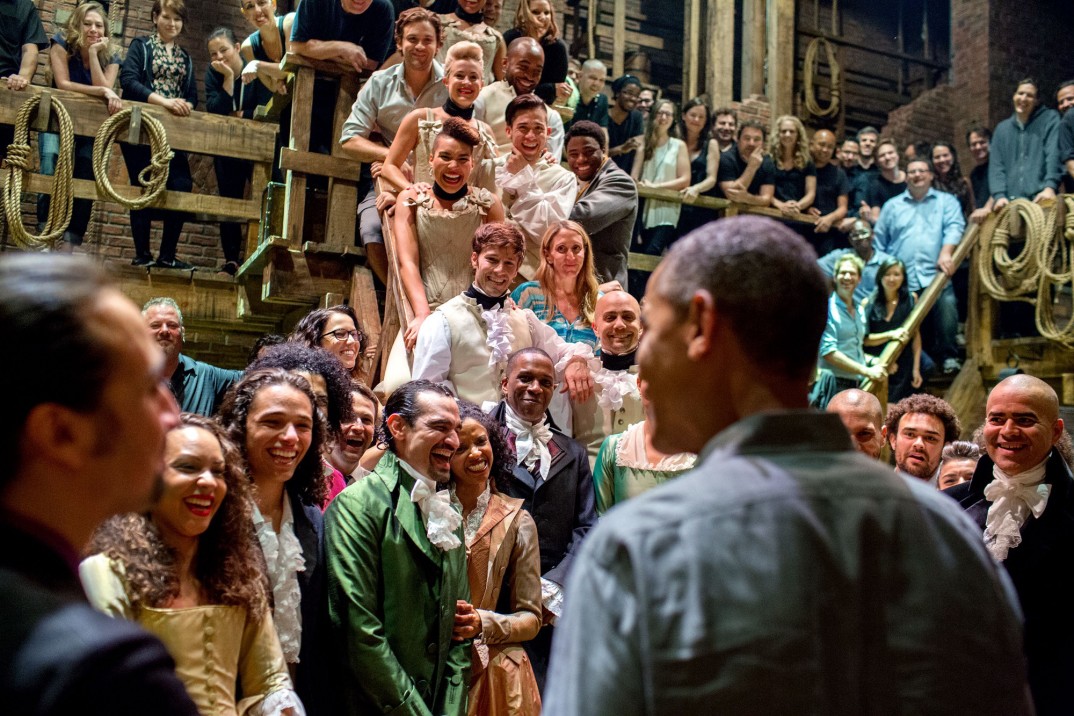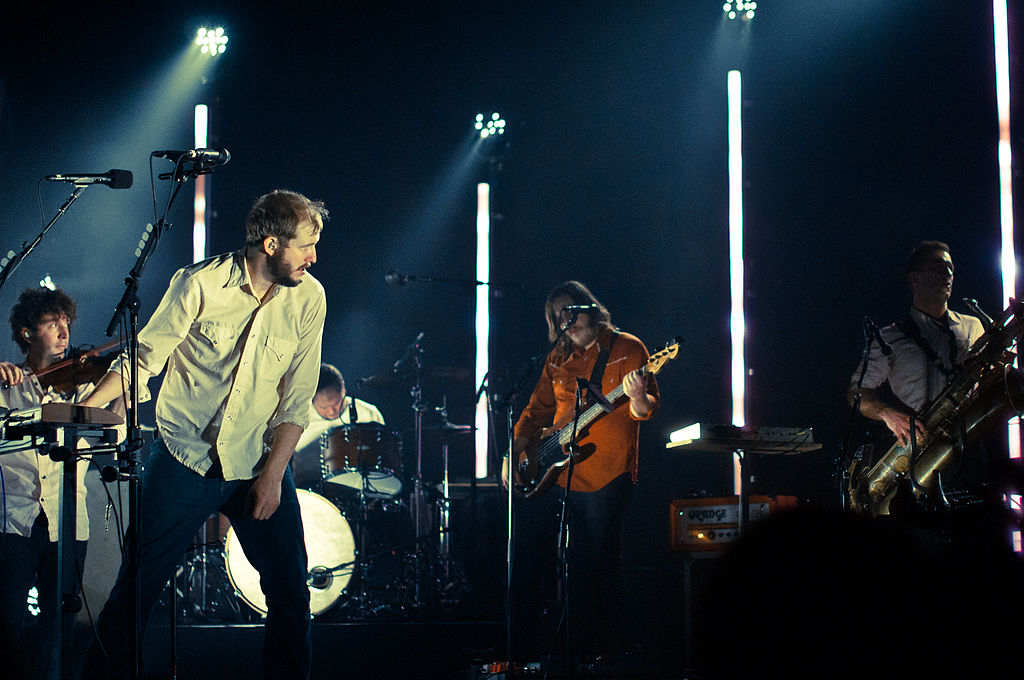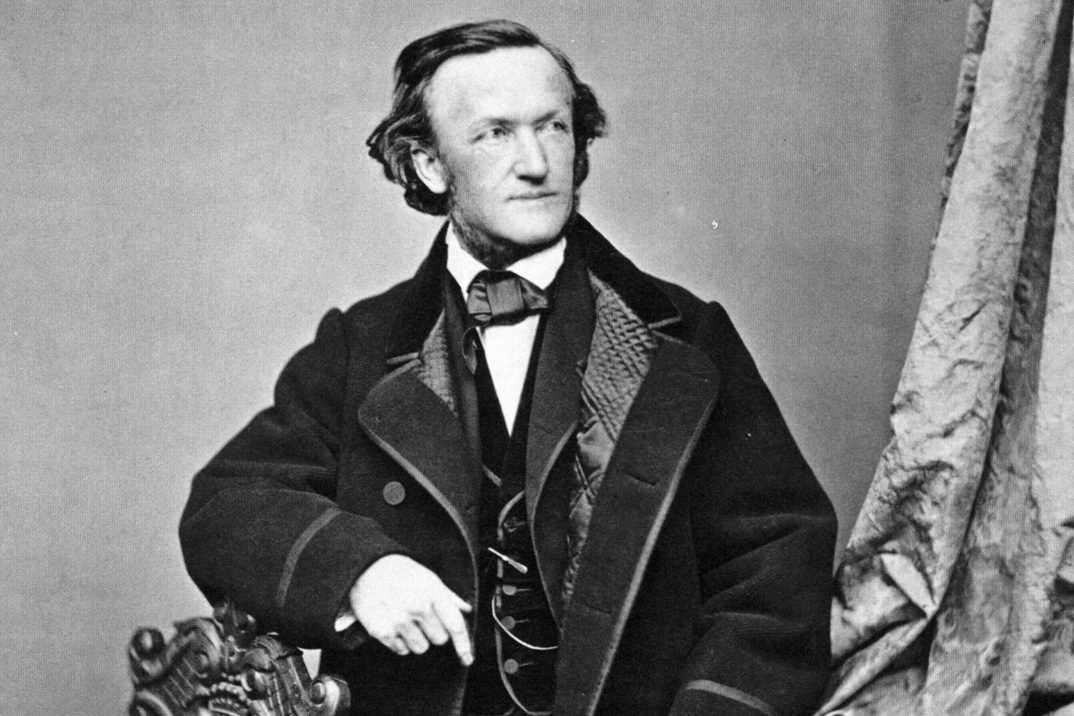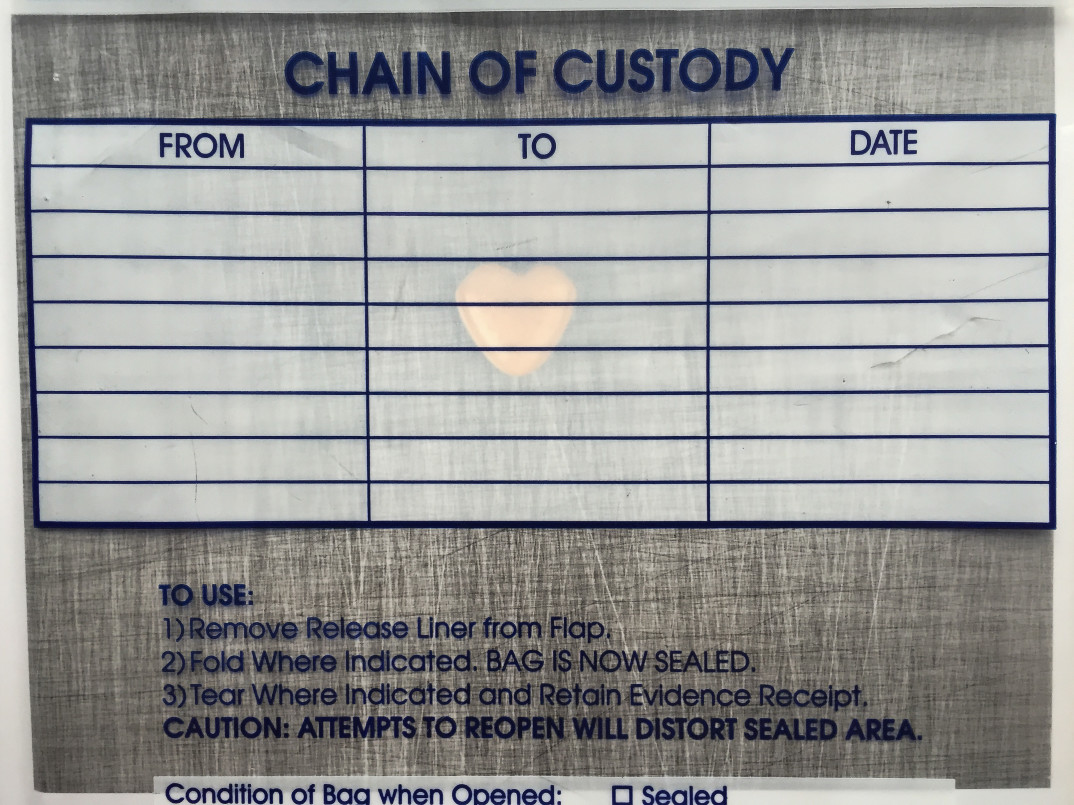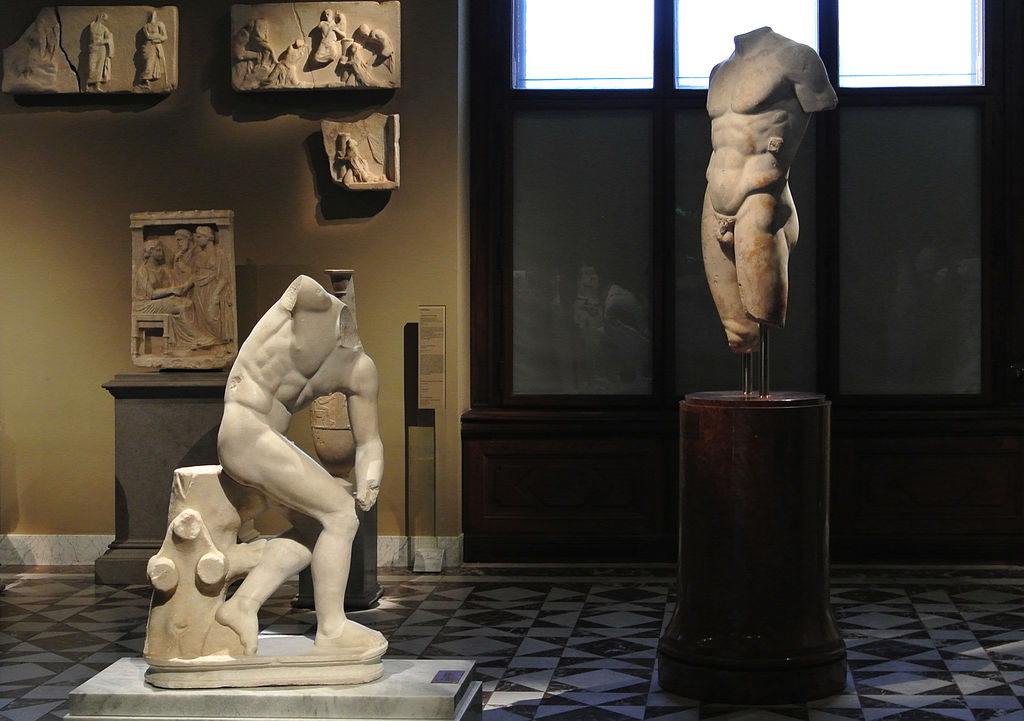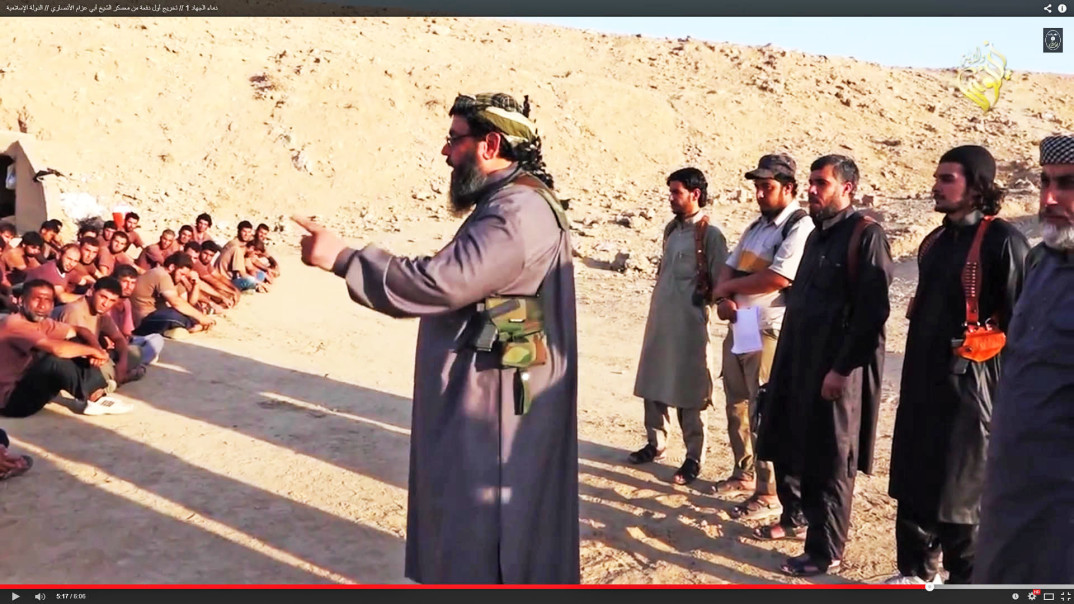Recently, Vice President-elect Mike Pence attended a performance of the smash Broadway musical, Hamilton. During closing curtain remarks, Pence was directly addressed by the cast of the musical. The address encouraged Pence and the rest of the Trump administration to uphold their promise to truly be an administration working toward the welfare of all Americans. The cast expressed that the diversity represented in their multi-ethnic retelling of the founding of America is a true representation of the American dream and that Trump’s administration should respect the diversity so cherished in American values. You can view the full video of the address here.
Bon Iver and the Economics of Art for Art’s Sake
In a recent feature article for Pitchfork, an online music magazine, contributor Steve Marsh follows Justin Vernon, the lead singer and founder of the band Bon Iver, who spent a week in Berlin alongside his band and 85 other artists. Their week-long sojourn in Berlin was framed around creating a series of collaborations that would be presented at the end of the week to 4,500 listeners in a two-day long nameless music festival. This undertaking coincided with the release of Bon Iver’s third album: “22, A Million”.
Continue reading “Bon Iver and the Economics of Art for Art’s Sake”
Can We Reconcile Ivory and Art?
In late September, New York seized the largest amount of ivory in state history, with an estimated worth of $4.5 million- but the perpetrator is not who you might imagine. Unlike many recent seizures, this ivory was not in the form of tusks, but instead valuable antiques. When imagining the production and sale of ivory, poachers, criminals and the black market comes to mind. However, the impact of antique ivory, sold and collected by museums and curators, is often left unconsidered in the ivory debate. With new calls for total bans on ivory in France, the U.K., and Kenya, it is time to face the question of what role antique ivory plays in the endangerment of elephants.
Censoring Richard Wagner
The Romantic Era of music brought us some of the most beloved minds in Western music we have ever known. Beethoven, Verdi, Puccini, Chopin – the list could go on and on. Following Beethoven’s brilliant instrumental music legacy, however, one German composer’s ingenuity stood out above the rest – Richard Wagner. While he was alive, Wagner was the single most popular composer in Germany. Even today, Wagner is one of the most celebrated composers in all of Western music history, and his operas are still performed worldwide. Unfortunately, however, his legacy has been tarnished by his radical anti-Semitic beliefs which were translated into many of his operas. Questions about the ethicality of performing his art in a modern setting have long been debated by the classical music community.
Aylan Kurdi and Ai Weiwei
Under ideal circumstances, the dinghy should have only held eight people. The same could have been said of the many boats that preceded it, in search of beaches in Greece. Yet, just as those before them, the rubber dinghy left the shores of Turkey’s Bodrum Peninsula in the early hours of the morning. Among the twelve people onboard were three-year-old Aylan Kurdi and his family, refugees from the besieged Syrian town of Kobane.
Reclaiming Identity in Srebrenica
Every time I travel outside the U.S., I bring a book of photos back with me. In part, it stems from a need to remember wherever I have been. But it also lends me new artistic perspectives, allowing me to both better my photography and understand how the country’s artists have imagined their surroundings.
Colonialism and the Western Museum
Inseparable from the modern museum is an examination of how the forces of globalization affect it. As audiences of these museums seek increasingly globalized experiences, so too have the collections of museums diversified with collections from around the world. Impressive as they may be, though, such collections bring with them a number of ethical issues. And in the time of ISIS and antiquity black markets, foremost among them is just how such antiquities arrived in the museum’s hallowed halls in the first place.
The Poetry of ISIS: Is it Literature?
Since it first began capturing Iraqi towns in 2014, the militant group ISIS has become notorious for its widespread use of violence and atrocity. However, as Robyn Creswell and Bernard Haykel point out in The New Yorker, this violence is only one of the qualities defining the Islamic State. For the brutal acts of violence for which ISIS have become famous is juxtaposed with something decidedly more elegant: Arabic poetry. Such poetry, written by militants and figures like Ahlam al-Nasr, the so-called “Poetess of the Islamic State,” offer a key look into the narratives and art forms involved in the Islamic State’s spread.

